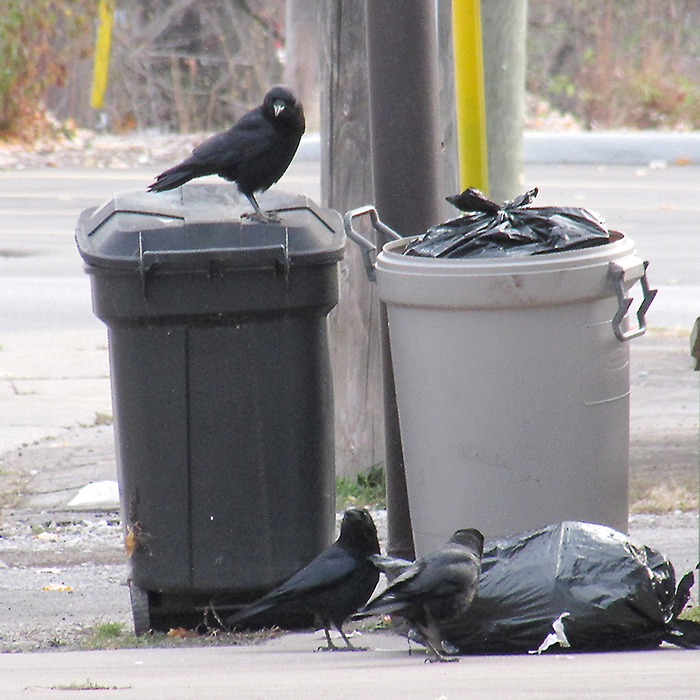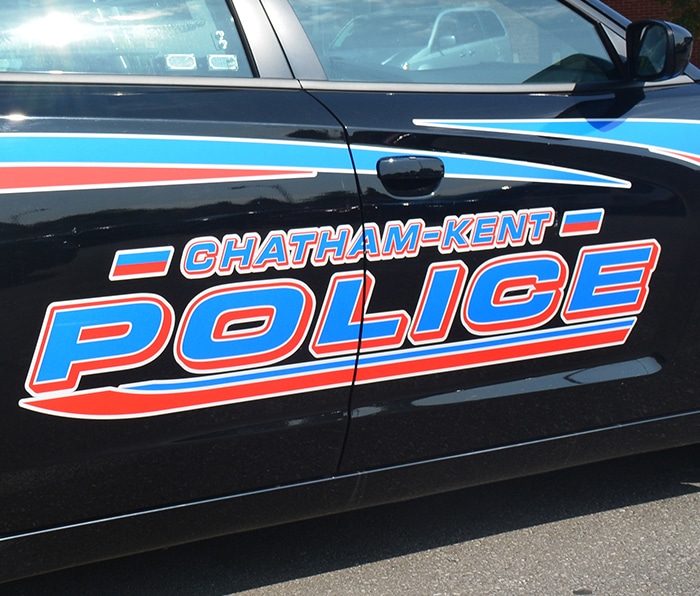
Chatham-Kent council wants to get the flock out of here, and Mayor Randy Hope is advocating a crow cull to get the job done.
The issue came up to council – again – with a motion from East Kent Coun. David VanDamme who asked that council seek help from the province and local hunt clubs to “eradicate” what he said is an estimated two million to 20 million crows that roost in trees and fields in and around Chatham.
Hope weighed in on the issue, and said it was time to stop “fooling around” and “shoot a bunch of them out of the sky.”
Before any drastic action is taken, Chatham Coun. Bob Myers suggested council ask staff to report back on any previous action taken to deal with the crow problem so council can have a better understanding of the issue.
A local Chatham man, John Cryderman, who has raised and researched crows, said council needs to stop wasting money on ineffective crow control measures and consider the liability and safety issues associated with a crow cull.
“You can’t guess at this; you need to know what you are talking about or you are going to make mistakes,” Cryderman told The Chatham Voice.
His main point of contention with the motion to council is VanDamme’s estimate on the number of crows. In a “professional and forensic count” on the size of the flock done by him in the late 1990s, he said the average number of crows roosting was between 12,000 to 14,000.
Cryderman said the only way to do an accurate count is after dusk when the crows are roosting, a process he was involved in over a 12-week period. As a member of several organizations that studied the behaviour, nesting and feeding habits of crows, he said people need to understand crows in order to know how to get rid of them.
According to his research, crows split into groups to feed and then send scouts back to the roosting area to ensure the area is safe before the flock comes back. Crows also will go back to the area they were hatched, and older crows will come back to take care of the newly hatched birds.
“Each group has its own distinctive habits,” he explained.
Many people are wondering why the new garbage bins haven’t helped by taking away a source of food from the crows. Cryderman said that crows are intelligent and will adapt to find a new source of food, and as predators, they will eat from backyard bird feeders, road kill or the eggs of smaller birds and newly hatched baby birds for food.
“I think you are going to see a decline in the number of songbirds as the crows will turn to them as a food source,” Cryderman noted.
He also said that people like Scott Heuvelmans, who spoke to council about how the droppings from crows are adversely affecting his car dealership, are absolutely right.
“The guano from crows is made up of phosphate and concentrated uric acid and will eat through paint,” Cryderman said.
While he doesn’t personally want to participate in a cull, Cryderman said the only way to get rid of crows is to go to where they roost, and systematically shoot one or two birds to disrupt the roost and make it an unsafe place, over a period of days, and do that in conjunction with watching for the scout crows and shooting them before the entire flock returns to roost.
This method, over a period of time, he said is the only way to disrupt the roost on a permanent basis.
“The natural distress call of the crow is the best way to disrupt the roost,” he noted.
Cryderman was to meet with municipal officials Wednesday (Nov. 30) to encourage the municipality to not waste time and taxpayers’ money on ineffective methods of crow control.
Council will address the issue again when the report comes back from staff for the Dec. 12 council meeting.






